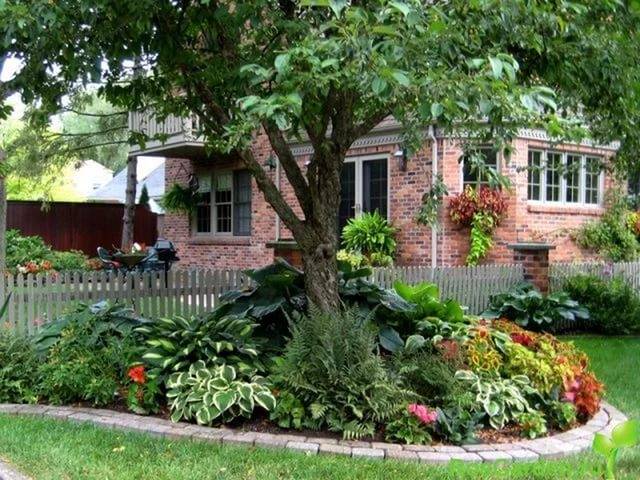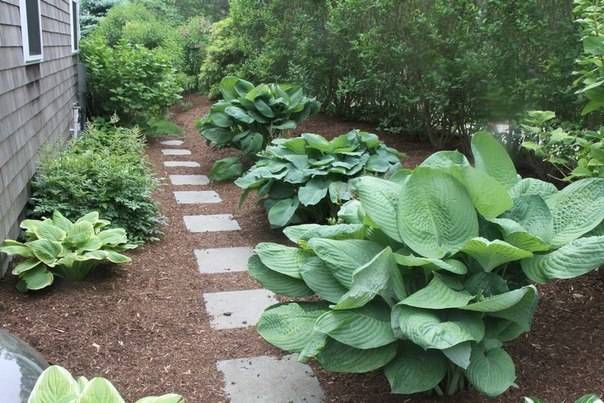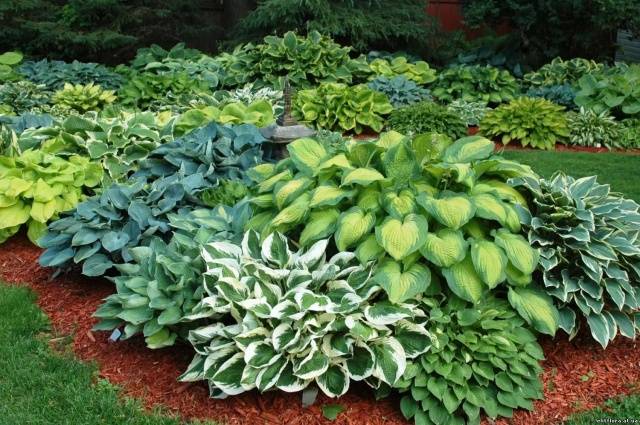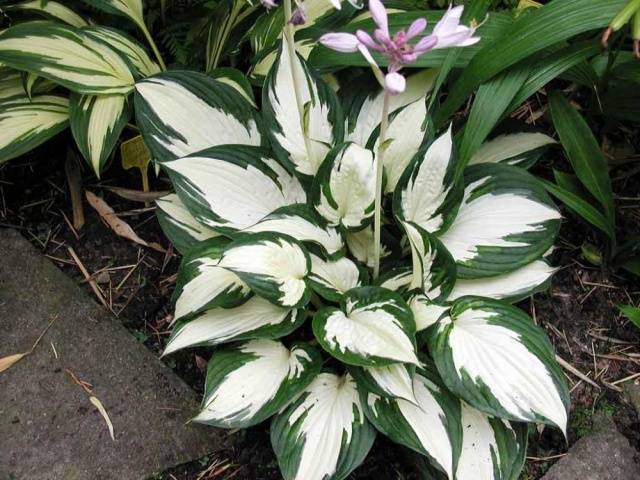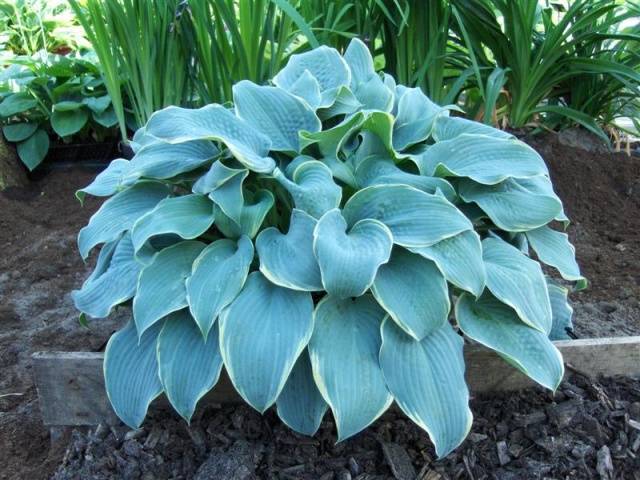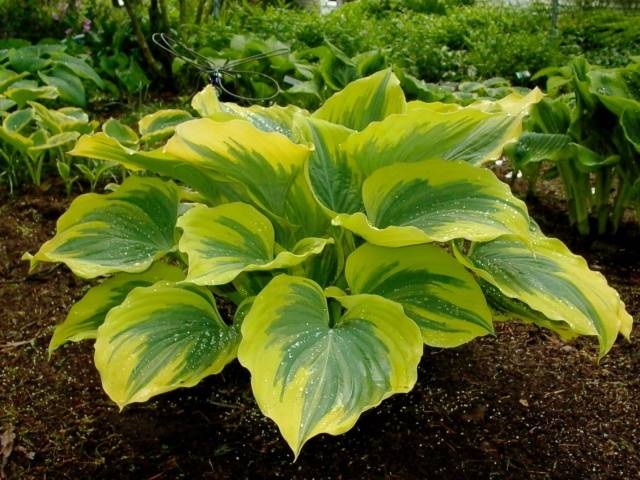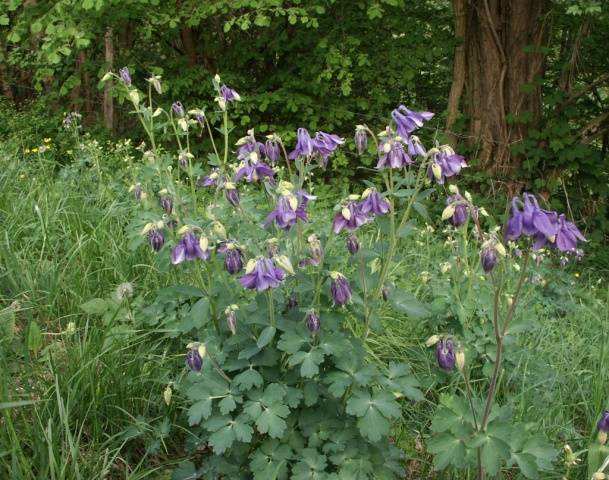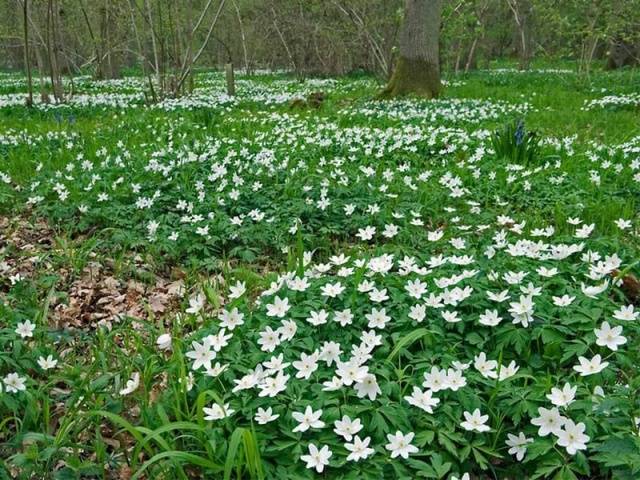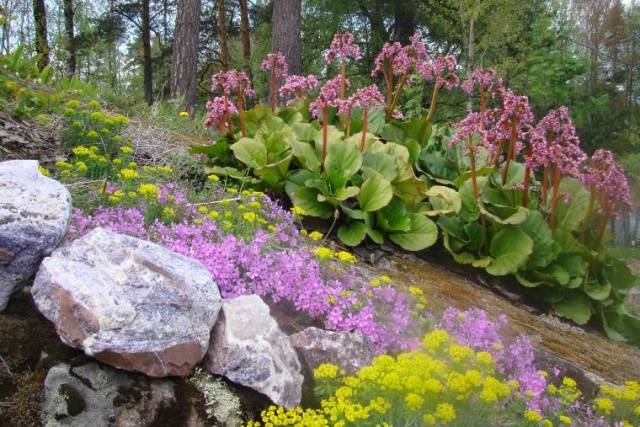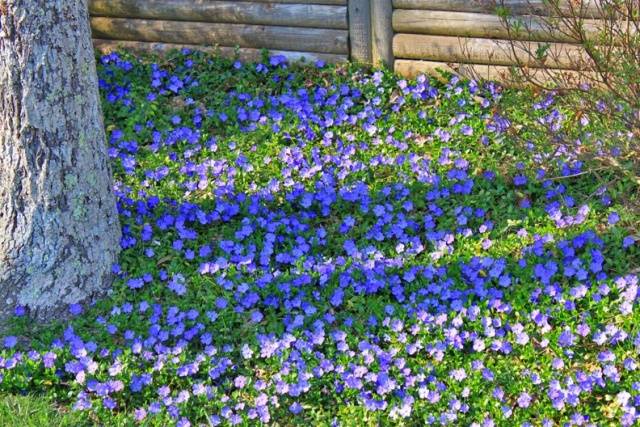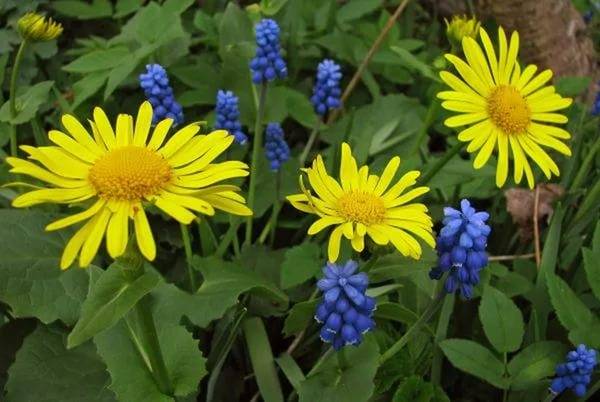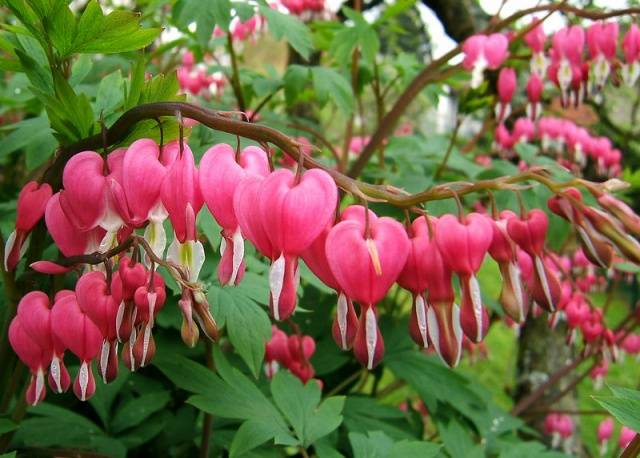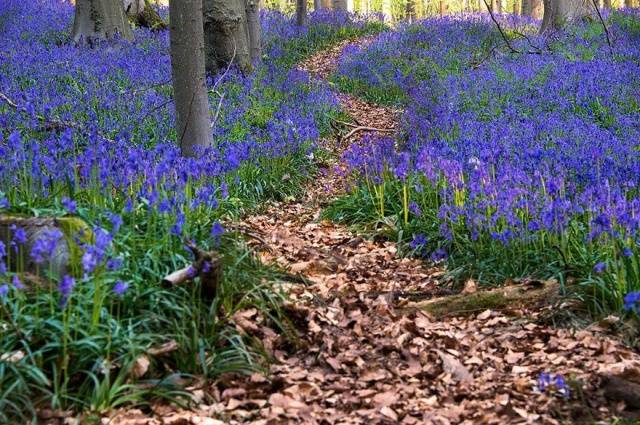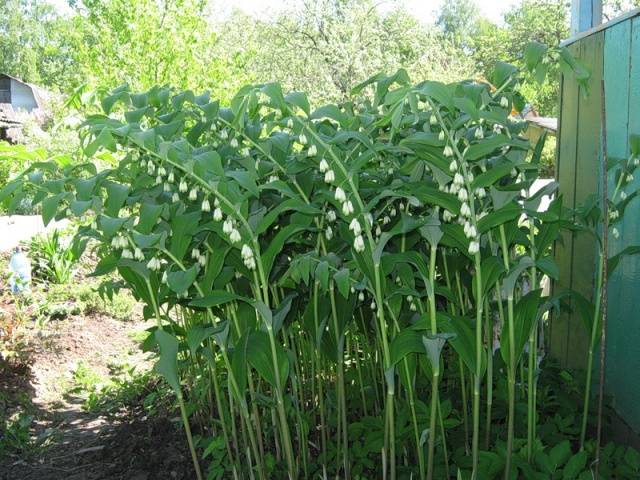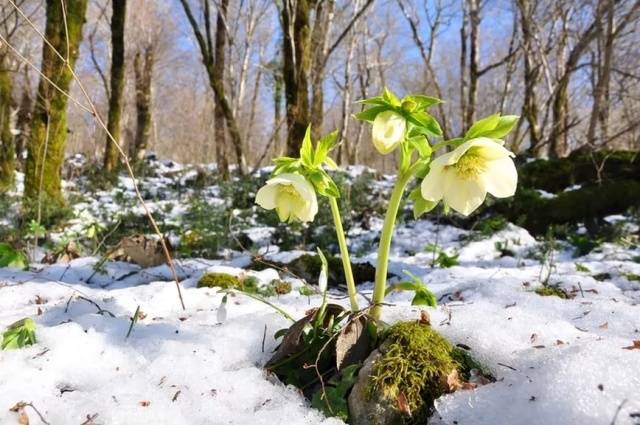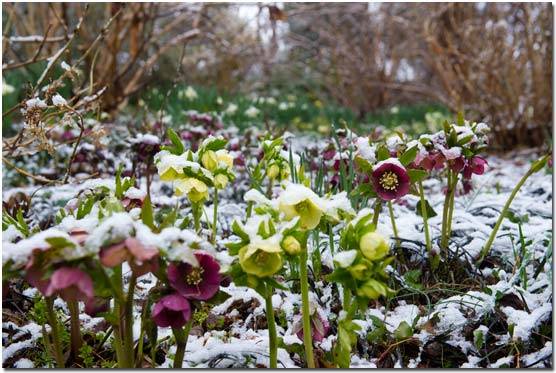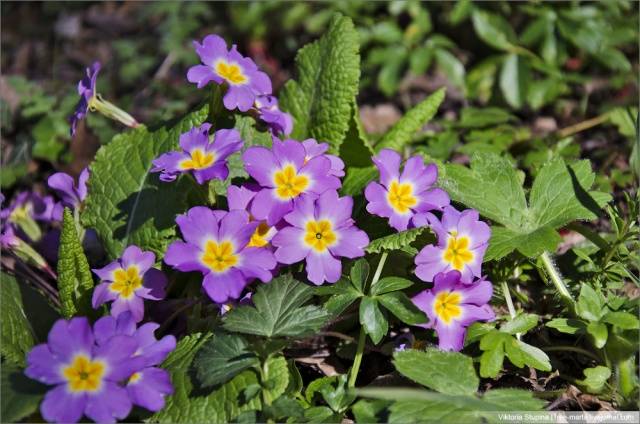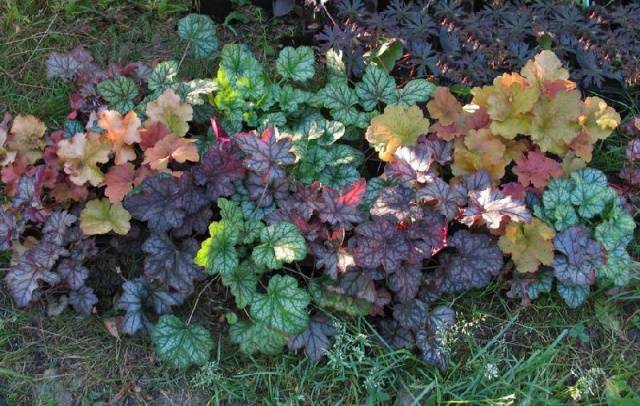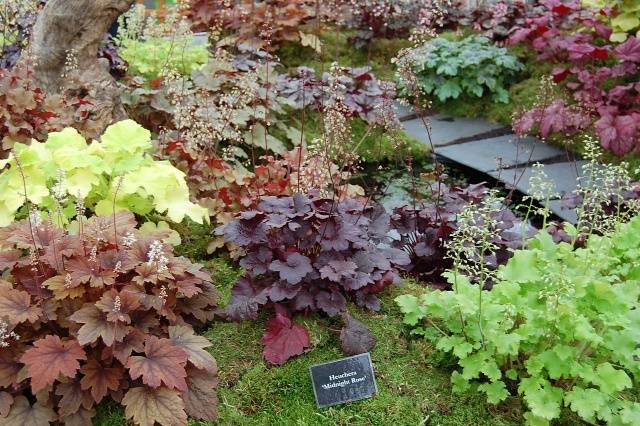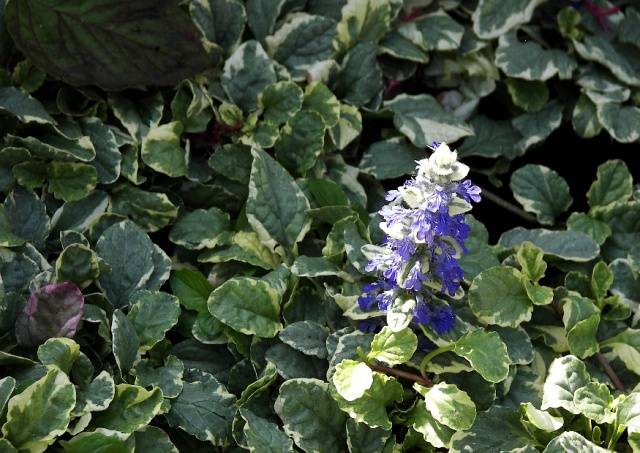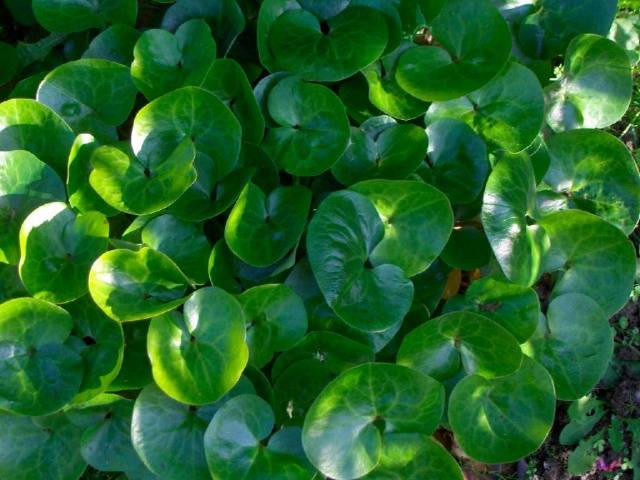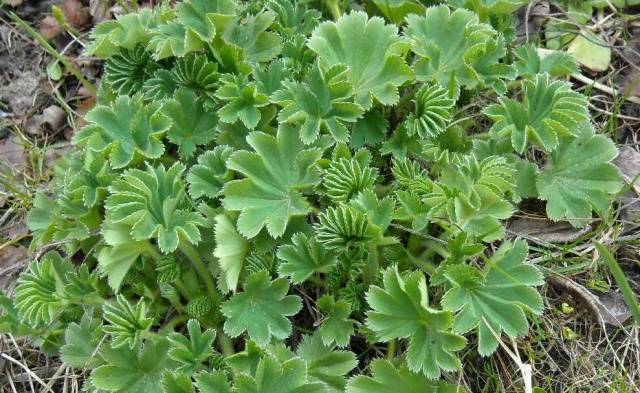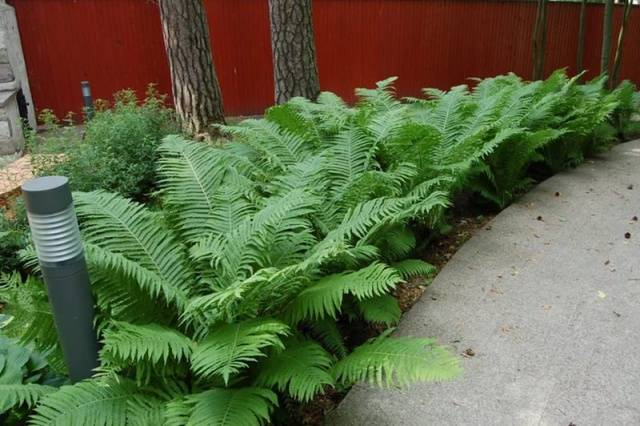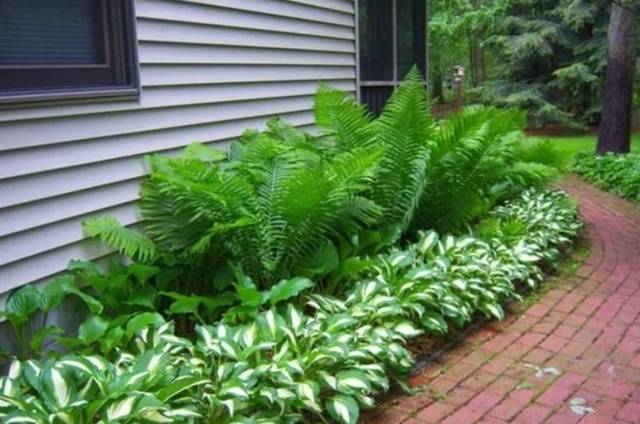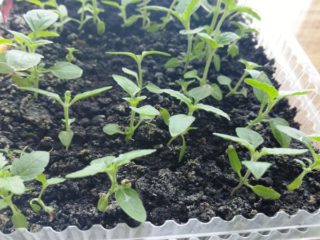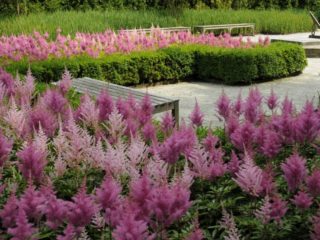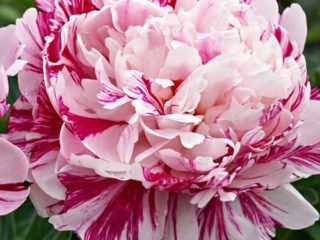Content
A personal plot will look beautiful and well-groomed only if every corner of it looks attractive. Whatever spectacular flower beds you planted in its central part, dull dark corners and nooks, where, except for rare weeds, there is nothing, can spoil the impression of the site as a whole. But a dark corner, a path between the house and the fence, where the sun does not peep in even on a summer afternoon, can become not only attractive, but picturesque if we choose the right perennials for the shade.
The choice is not as great as that of sun-loving plants, but it cannot be called meager either. In addition, here you can fully express your imagination and turn the shaded corner into a real pearl of the garden. We will look at the most popular perennials for shade and partial shade, and give some tips for their placement.
Shade and partial shade on the site
The area requiring special attention may be in the shade or partial shade. Many perennials are shade-tolerant, which means that they can tolerate shade if they are exposed to sunlight for some time, preferably in the morning or evening. There are not so few such plants.
A much larger problem is posed by areas on which there is a shadow from spring to autumn. Agree, plant under the trees bulbous perennials or primroses and admiring them for a month and a half is not enough. Places dominated by shade should also look attractive throughout the year.
The biggest problem associated with the choice of perennials for shade or partial shade is faced by the owners of vast lands, who originally designed part of the territory as an imitation of a natural forest corner. First, the flower beds and discounts there will be out of place, and secondly, I still want the "wild" corner to be attractive. Thirdly, whatever the wealth of the owners, it is still expensive to plant a large array of expensive perennials for shade and penumbra. But there are plants growing in the shade that grow quickly, do not require care, and look picturesque when planted in large arrays.
Perennials for shady places
Many perennials can grow in the shade and partial shade, here it is important not only to choose an assortment of plants, but also to place them correctly. We may need:
- Cover the trunk circles under the dense crowns of trees;
- Fill large tracts of shady areas in the park or forest area of the site;
- Plant attractive plants in areas shaded by buildings or fences;
- Arrange spectacular shady flower beds or beds.
Queen of the shadow - hosta
In the article on perennials for shade or partial shade, the hosta has a special place. It grows well in shady areas. Variegated varieties with leaves that contain large amounts of yellow or white can even tolerate some direct sunlight. Varieties and species, the leaves of which are colored blue or blue, prefer a dull shade. International standards divide hosts into six groups:
- Miniature (Mini);
- Dwarf (D);
- Small (S;
- Medium (M);
- Large (L);
- Giant (G).
The smallest hosts without a peduncle barely reach ten centimeters in height, a giant bush - up to a meter. And also keep in mind that usually this perennial takes up much more space in width. Hostas bloom very beautifully with large or small flowers resembling lilies. They are collected on high peduncles, are white, purple, lilac or lilac in color.
Miniature hosts are planted on flower beds, ridges in shade or partial shade, larger specimens can be used as a wide border, and large and giant ones can be used as focal plants. They can be planted in the shade of large trees.
Blooming perennials for shade and partial shade
Here we will consider perennial flowering in the shade or partial shade of the plant. We will give their brief characteristics, advise where it is best to place them. After all, you should not plant a rare perennial where no one will see it, but even an attractive, but aggressively growing plant in a place where in a couple of years you will have to fight it, and often unsuccessfully. It must be said that the division into decorative-flowering and decorative-deciduous perennials for shade or partial shade is very conditional, they all bloom from several days to several weeks, but their leaves should remain attractive throughout the growing season.
Aquilegia
This perennial is more commonly referred to as a catchment. Grows well in partial shade. Varietal aquilegia will look great on flower beds and ridges, and species of plants will look great in large forests under openwork crowns. Care for varietal aquilegia is minimal, and for species - none at all. It reproduces by self-seeding, in a couple of years it can "dilute" the most dull landscape with its blue, white or pink flowers.
Anemone
Among the many perennial anemones, there are species growing in the shade and partial shade. They are all attractive, maintenance-free, and anemone oak, which is called anemone, reproduces well independently, can form whole blooming tracts under the closed crowns of trees.
Shade-loving species include:
- Altai anemone;
- Amur anemone;
- anemone is flexible;
- anemone is smooth;
- buttercup anemone;
- oak anemone;
- anemone is shady.
Shade-tolerant perennials include:
- forest anemone;
- canadian anemone;
- forked anemone;
- hybrid anemone.
Astilba
About 40 species of this perennial are grown in culture. Astilba reaches, depending on the species, 15-200 cm, it can grow in the shade or partial shade. Withstands strong waterlogging, blooms for a long time, its large species are like bush, but the entire above-ground part freezes out for the winter, and grows back quickly in the spring. It can be grown not only in flower beds or ridges, but also as undergrowth under large trees.
The most common species of this perennial:
- Astilba Arends and its many varieties;
- astilba chinese;
- Korean astilba;
- Japanese astilba;
- astilba Thunberg.
Badan
This perennial in Altai is called Chigir tea, in Siberia the same - Mongolian.
This evergreen winter-hardy perennial with cabbage-like leaves blooms with pink flowers. It can be used both on shady flower beds or ridges, and for decorating tree trunks. Late in the fall badan leaves turn purple.
Periwinkle
Extraordinarily persistent, unpretentious shady evergreen perennial. In spring, it blooms with blue or light blue (depending on the soil) flowers. If he likes you, it will bloom again in the fall, though not so abundantly. It tolerates drought well, but prefers high soil moisture. Grows well in partial shade or shade. It can take root even under an allelopathic nut.
Doronicum
Most species of this frost-resistant moisture-loving perennial prefer partial shade, only the plantain doronicum loves the sun. Yellow flowers it is often used for cutting, and the plant itself feels great in flower beds or flower beds. Only here doronicum does not like to grow close to tree trunks.
Dicenter
This unpretentious perennial, which is often called "broken heart", is one of the most beautiful and original plants for partial shade. The only difficulty is that the dicenter needs well-drained soils - it loves frequent watering, but does not tolerate stagnant moisture at the roots. Depending on the species, it can reach a height of 30 to 150 cm. It is interesting that the more shade in the area with the dicenter, the longer it blooms.
The following types of this perennial are most often cultivated:
- the dicenter is magnificent;
- dicenter canadian;
- the dicenter is exceptional;
- the dicenter is beautiful or Taiwanese.
Dusheney Indian
Very similar to strawberries with a round red berry, only blooms with yellow flowers. The berry is absolutely tasteless, but it stays on the bush for a very long time. This perennial is very unpretentious and will quickly cover a large area in partial shade.
Forest bell
If the mountain species of this perennial feel great under the scorching sun, then the bells, the natural habitat for which the woodland is, prefer shade or partial shade. They are suitable for creating flower beds, ridges, but they look especially impressive in large arrays under the canopy of large trees.
Shade-loving bells:
- nettle bell;
- broadleaf bell.
Shade-tolerant perennials include:
- crowded bell;
- bell peach.
Kupena
A perennial that prefers to grow in the shade or partial shade, depending on the species, grows from 10 cm to 1.5 m. It is a close relative of the lily of the valley, does not tolerate the bright sun and the close occurrence of groundwater.
But in the shade of large trees, even with the densest crown, the kupena forms beautiful thickets.
Lily of the valley
This perennial is a real aggressor that grows well in the shade. Plant a lily of the valley in the darkest and most unsightly corner of the garden and soon you will not recognize it.
Hellebore
One of the rarest, most beautiful, original and expensive perennials for shade and partial shade. The hellebore is remarkable in that it blooms in winter or at the very beginning of spring with greenish, white-green or greenish-pink flowers. Very beautiful, has many garden forms. It is recommended for planting as a single plant or in groups in a well-visible place near the entrance to the house - it is so beautiful that you simply cannot miss the moment of its flowering.
We grow the following species of this perennial:
- black hellebore is the most thermophilic;
- eastern hellebore;
- hellebore is reddish;
- hellebore Corsican;
- stinking hellebore.
Primrose
Unpretentious perennial for partial shade and shade. Interestingly, in the southern regions primrose prefers shade, and as he moves north he chooses more and more light places. Does not tolerate drying out of the soil.
Decorative deciduous perennials for shade
All of the perennials listed above, after flowering, boast beautiful leaves. But there are also plants growing in the shade and partial shade, which do not bloom at all or their leaves are so superior in beauty to flowers that we will attribute them to decorative deciduous perennials.
Heuchera
This perennial growing in the shade and partial shade is one of the most expensive and beautiful. Numerous varieties and hybrids are most often bred to decorate shaded areas. The color of the leaves varies from all shades of green to purple, orange, gray, red, pink. They are so spectacular that they rarely pay attention to the flowering of heuchera and are planted in well-visible shady flower beds and ridges.
Almost all varieties are descended from the following species of this perennial:
- geychera blood red;
- heuchera hairy;
- heuchera is cylindrical;
- American Heuchera;
- geychera small-flowered.
Tenacious
The tenacious lives everywhere, and in any conditions, it fully corresponds to its name and quickly covers a large territory. Here are just the leaves of variegated forms in partial shade will fade, and in the shade they will turn green.
Clefthoof
One of the most beautiful decorative deciduous perennials for shade and partial shade. Looks great in the shade of large tree groups. Quite unpretentious, but prefers limestone soil. The most commonly used species in culture:
- European clefthoof;
- Siebold's hoof;
- tailed hoof;
- canadian hoof.
Cuff
The shade-tolerant cultivated cuff was a favorite plant of Queen Victoria. It is quite capricious, at the same time it is exquisite and can be used almost alongside all plants of a suitable size. But if you like this perennial, she will quickly remember that she has malicious weeds and litter the entire site. The following types are most often used in culture:
- alpine cuff - great for rockeries, if planted in the shade;
- the cuff is soft;
- Siberian cuff.
Fern
It grows in the shade and partial shade - sunny places are contraindicated for this perennial. As the oldest inhabitant of the planet, he inhabited the Earth long before the appearance of man. The fern will look great against the background of a fence, against a dark wall of a building or between large trees, the main thing is not to plant it in the sun and water it regularly.
Most often, the following types of perennials are grown on personal plots:
- Common ostrich;
- Orlyak ordinary;
- Female cocheddian;
- Nippon kochedyzhnik.
Conclusion
This is not the whole list of perennials for shade and partial shade. We hope that now you will not think that the arrangement of shadow zones is an insoluble problem. Using a little imagination and armed with knowledge, you can turn the entire site, regardless of its illumination, into a piece of paradise. Perhaps we helped you with this.
